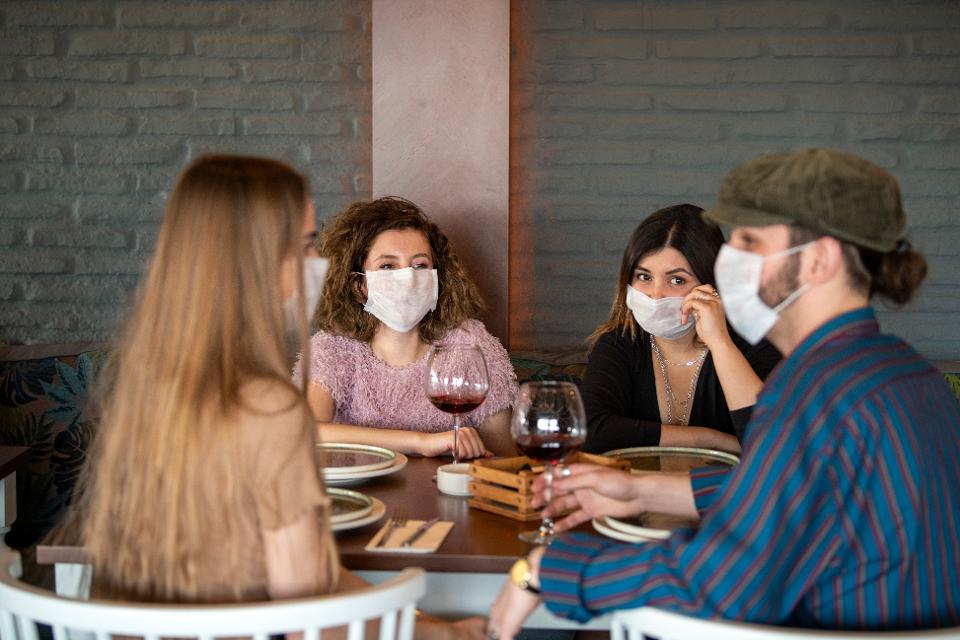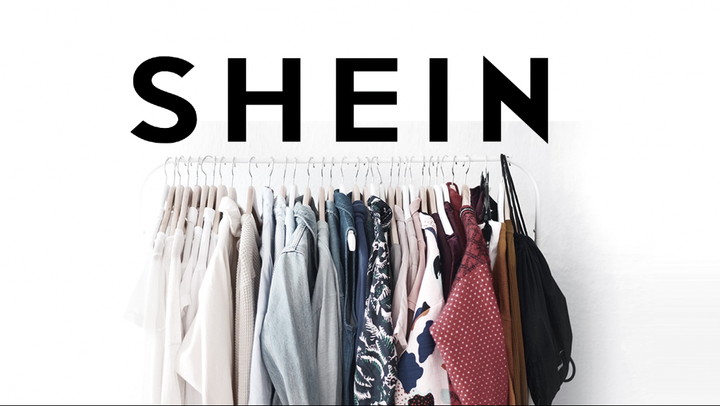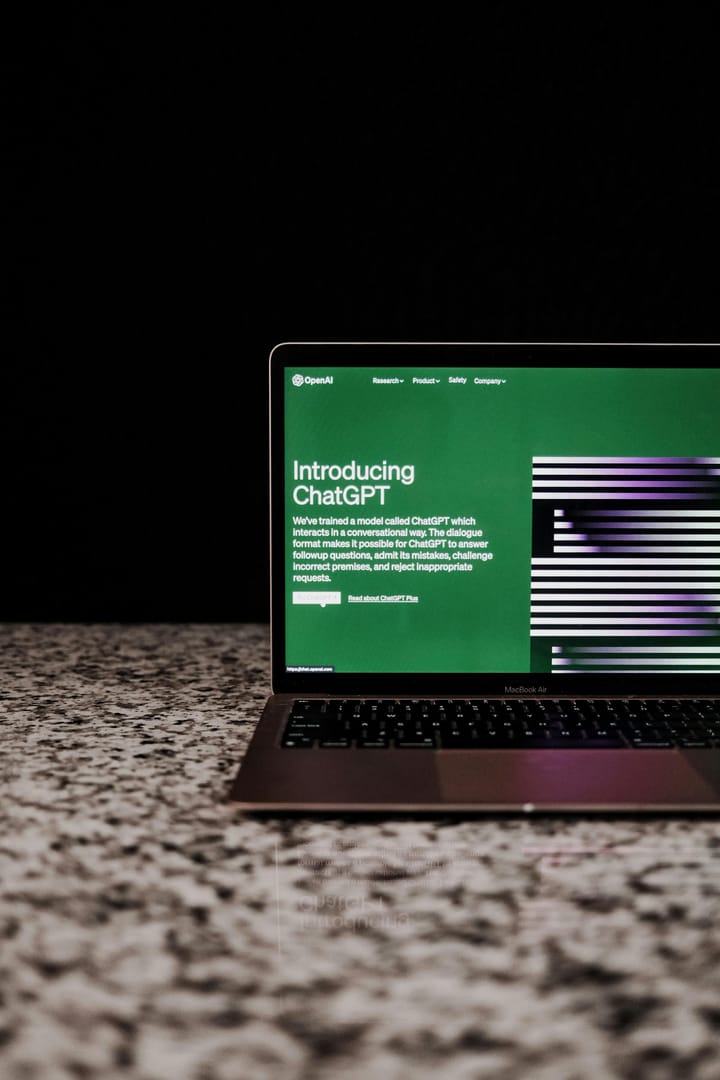Online sales may be one key to the liquor industry recovering from the COVID-19 crisis

A few minutes every morning is all you need.
Stay up to date on the world's Headlines and Human Stories. It's fun, it's factual, it's fluff-free.
In April, as much of the country entered into lockdowns in response to the COVID-19 pandemic, the United States liquor industry immediately experienced a contraction in sales. While sales of spirits, wine and beer at retail stores skyrocketed, the loss of bar and restaurant sales, with their higher markups, were far more substantial.
Now, with coronavirus cases increasing throughout most of the country and some of the hardest hit states considering returning to lockdown, the dire industry projections from a couple months ago are likely to only get worse. If there is one bright spot for liquor producers, it’s that online sales have boomed in recent months.
On-premise versus off-premise
In May, Fortune predicted that it could take up to five years for the global liquor industry to return to its pre-COVID sales levels. Fortune further predicted a double-digit decline in overall alcohol sales (beer, wine and spirits) in 2020 following years of growth.
This might have seemed like a strange forecast for those who read in April that online alcohol sales were booming after experiencing a 243% jump, but as Fortune stated, “All of the losses during the shutdown of bars and restaurants over the past few months have not been offset by upticks in liquor retail and e-commerce.”
This is based on a comparison of two types of alcohol sales: on-premise and off-premise.
On-premise alcohol sales refers to alcohol sold in bars and restaurants, where customers consume the beverage at the premise. Off-premise sales include not only sales at liquor retailers and grocery stores, but online sales and alcoholic beverages bought as part of take-away orders from restaurants.
To make up for the steep decline in on-premise alcohol sales, off-premise sales would have to increase by 22%. But even then, the actual dollar amount would still be down.
Why are bars and restaurants so important?
Restaurants, bars and other forms of hospitality are known as “drivers.” People drink more at these locations than they do at home. Without such drivers, home consumption is unlikely to match on-premise consumption.
Still, even if the exact same amount of beer, wine and spirits were sold in off-premise locations as had been sold at on-premise locations, it would still represent a decline for much of the industry.
One reason for that is price markups.
The importance of markups
What a customer is charged for any product will always have a price markup over what the business pays to stock the product, which is called their cost. The business’ margins are what establishments make over their costs. Food margins are smaller than alcohol margins because they involve more ingredients and more labor. For that reason, bars and restaurants generally make their profits on alcohol sales.
At bars, restaurants and clubs, the price a customer pays for any type of alcohol will always be more than it would be if they bought it for themselves at a retailer or wholesaler. That may seem obvious because the price has to cover service and other related costs, but price markups are greater than many customers probably realize.
Across the bar and restaurant industry, the standard pour cost for spirits is between 18% and 20% of what customers are charged. So, an ounce of whiskey or vodka that costs the establishment one dollar might be sold for around five dollars. Clubs that do bottle service can have markups of 200% on those bottles.
Wine is generally marked up by a multiplier of 2.5 or 3, so if a bottle costs a restaurant US$15 to stock, they might sell it for US$40 or more. The more expensive the bottle of wine, the less the mark up.
Like spirits, draft beers usually have a margin of 80% for the establishments, while bottle beers are closer to 75%.
In the US, alcoholic sales are made up mostly of beer (or malted beverages), which accounts for 81.2% of all sales. Wine accounts for another 11.4% and spirits make up the remaining 7.4%.
Online sales to the rescue?
Even before the pandemic, the number of businesses that sold alcohol online had been consistently growing for the last decade. In 2010, there were less than 100 such businesses. This year, there are 325 and the trend is only expected to continue. The average growth in such businesses since 2015 has been 12.4% a year.
In a reversal of the general sales trends, the pandemic-related growth in online sales has been most noticeable for spirits. In April, it was reported that spirits had seen a 75% increase in sales online in March, whereas wine was up by 66% and beer sales were up 42%.
In June, as states were beginning to ease restrictions, online sales began dropping. However, with cases of COVID-19 on the rise again in all regions of the US, the focus will be on August reports to see if online sales experienced another bounce.
Even if online sales do continue to grow, the traditional drivers of the industry – restaurants, bars and hospitality – will continue to struggle until they can return to business as usual.
Have a tip or story? Get in touch with our reporters at tips@themilsource.com




Comments ()